At the heart of The Church of Jesus Christ of Latter-day Saints is a leader who serves as both a spiritual guide and an organizational steward. Since its founding in 1830, this role has been held by individuals like Joseph Smith and the current president, Russell M. Nelson. Members believe this leader receives divine revelation to direct the global faith, blending ancient prophetic traditions with modern-day needs.
The concept of prophetic leadership traces back to Joseph Smith, who established the church’s foundation. Today, the president is viewed as a prophet, seer, and revelator, tasked with interpreting scripture and addressing contemporary challenges. This dual responsibility—spiritual insight and practical administration—shapes the church’s direction from its headquarters in Salt Lake City.
Beyond doctrine, the president oversees initiatives ranging from humanitarian efforts to temple construction. Members see this role as a direct link to the teachings of Jesus Christ, emphasizing service, unity, and personal growth. The church’s structure reflects this balance, ensuring both individual faith and collective action thrive.
Key Takeaways
- The Church President is regarded as a prophet who provides spiritual and practical guidance.
- Leadership began with Joseph Smith and continues through modern-day successors.
- Prophets are believed to receive divine revelation for the church’s global community.
- Administrative responsibilities include managing initiatives based in Salt Lake City.
- The role symbolizes a connection to Jesus Christ’s teachings and principles.
Foundations of Church Leadership
Divine visitations to Joseph Smith in the 1820s sparked the creation of a unique leadership model. As a young seeker, Smith reported encounters with heavenly beings, including Jesus Christ and God the Father. These experiences, known as the First Vision, marked the beginning of his prophetic mission. They shaped a community that would later thrive in Salt Lake City.
Joseph Smith’s Vision and the Birth of the Presidency
Smith’s early revelations outlined a structure mirroring ancient Christian churches. Angelic visitations, such as Moroni’s guidance, led to translating sacred texts like the Book of Mormon. This process established Smith’s role as the first prophet and set precedents for future leaders.
Early Revelations and Establishing the Priesthood
Key events in 1829 restored priesthood authority through figures like John the Baptist. Early members received responsibilities to preach and organize congregations. These actions created a clear hierarchy, ensuring unity among latter-day saints.
| Year | Event | Impact |
|---|---|---|
| 1820 | First Vision | Divine confirmation of Smith’s calling |
| 1823 | Moroni’s Visits | Discovery of golden plates |
| 1829 | Aaronic Priesthood Restoration | Authority to baptize and preach |
| 1830 | Church Organization | Formal structure for global growth |
Historical Evolution and Succession
Following Joseph Smith’s death in 1844, the church faced uncertainty. Members grappled with questions about leadership and direction. This pivotal moment tested the young faith’s ability to maintain unity and purpose.
The Succession Crisis and Leadership Transition
Sidney Rigdon, a close associate of Smith, claimed authority to lead. However, Brigham Young and the Quorum of the Twelve Apostles gained widespread support. Young’s dynamic leadership during the westward migration solidified his role as successor.
This transition established a pattern of apostolic seniority. The Twelve Apostles became central to guiding the church forward. Their collective authority provided stability during turbulent times.
Evolving Criteria for Apostolic Seniority
Early succession debates led to clearer guidelines. Seniority within the Quorum began determining future leaders. This system prioritized experience while ensuring orderly transitions.
Over time, adjustments refined the process. For example, health considerations now influence leadership timelines. These changes help balance tradition with practical needs in a growing global community.
Influential Church Presidents: Past and Present
The growth of The Church of Jesus Christ of Latter-day Saints owes much to visionary leaders who shaped its direction. From its earliest days, these individuals blended spiritual insight with practical action, leaving marks still felt today.
Legacies from Joseph Smith to Brigham Young
Joseph Smith’s work laid the groundwork for a faith rooted in revelation and community. His translation of sacred texts and organization of early congregations created a blueprint others would follow. When persecution forced members westward, Brigham Young stepped forward as a leader of unmatched resolve.
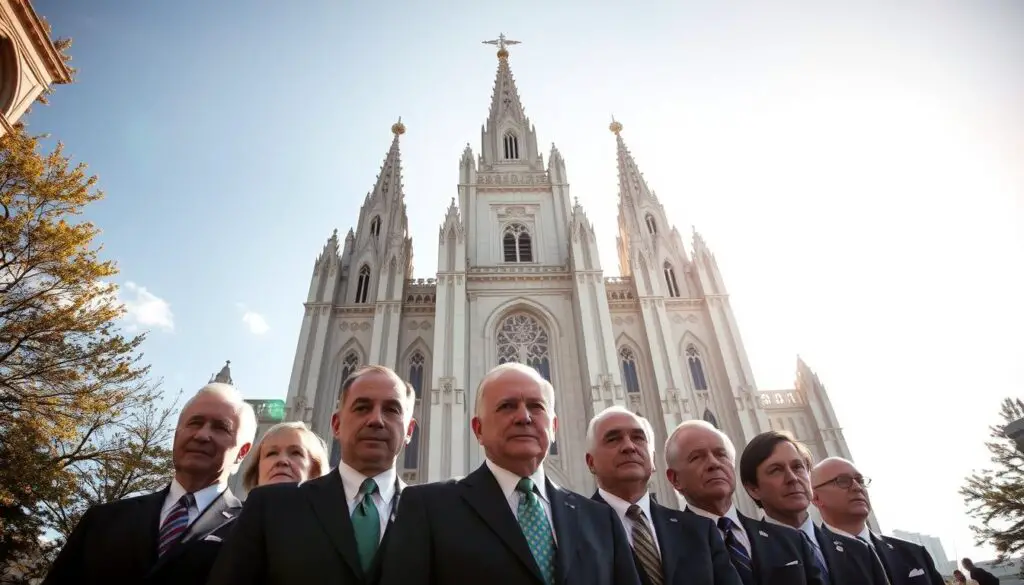
Young guided thousands to Utah’s valleys, founding Salt Lake City as a spiritual hub. His emphasis on unity and self-reliance led to projects like the Salt Lake Temple—a symbol of endurance still inspiring members worldwide. These efforts transformed scattered groups into a connected global community.
Today, their legacies live through modern initiatives. Current leaders like Russell M. Nelson build on this foundation, blending tradition with fresh approaches. From temple expansions to humanitarian work, each generation adds layers to a story that spans the world.
Role and Responsibilities of the mormon president
Leading a global faith requires balancing heavenly vision with earthly logistics. The church president acts as both a spiritual compass and an organizational architect, guiding millions through revelation and structured initiatives. This dual role, rooted in early leadership models, remains central to the faith’s identity.
Spiritual Guidance and Prophetic Leadership
At the core of this responsibility is the belief that the church president receives divine direction for members worldwide. Joseph Smith established this pattern, sharing revelations that shaped doctrines and community practices. His successor, Brigham Young, expanded this role by uniting scattered followers during the faith’s westward expansion in the United States.
Modern leaders like Gordon Hinckley continued this legacy, blending timeless principles with contemporary outreach. For example, his emphasis on temple construction and media engagement strengthened connections with members across diverse cultures. These efforts reflect a commitment to adapting guidance while honoring foundational teachings.
Administrative duties also play a vital role. Leadership oversees policies affecting education, humanitarian aid, and global missionary work. Decisions made in Salt Lake City ripple through congregations from Utah to Indonesia, ensuring unity amid the faith’s rapid international growth.
Doctrinal Guidance and Continuing Revelation
Central to the faith’s identity is the belief that spiritual truth evolves through divine communication. This principle, called continuing revelation, allows teachings to adapt while staying rooted in eternal principles. For example, early revelations through Joseph Smith introduced practices like the Word of Wisdom, which later became a hallmark of member lifestyle.

Establishing and Revising Church Doctrine
New doctrines often emerge through a blend of prayerful study and collective deliberation. Leaders in Salt Lake City review historical texts, modern challenges, and global member needs before proposing changes. Major shifts, like the 1978 expansion of priesthood eligibility, demonstrate how revelation addresses evolving societal values.
Flexibility remains key. Policies on temple access have been refined over years to accommodate growing international membership. The Salt Lake Temple renovation, completed in 2024, reflects both preservation of sacred spaces and updates for contemporary worship.
Three factors guide doctrinal updates:
- Scriptural consistency
- Practical impact on members of all ages
- Unified approval among senior leadership
These processes ensure changes strengthen the church’s mission without compromising core beliefs. As members worldwide contribute diverse perspectives, revelation continues shaping a faith that transcends cultural and generational boundaries.
Administrative and Global Impact
Global growth demands both vision and practical work. From managing temples to launching education programs, the church’s administrative framework ensures resources reach members across 150+ countries. This system supports spiritual needs while addressing real-world challenges in daily life.
Expanding Church Infrastructure and International Outreach
Temple construction has accelerated in recent decades, with over 300 operating worldwide. Each project reflects careful planning to serve growing communities. For example, modular designs now reduce costs, allowing faster completion in remote areas.
Policies also prioritize children’s well-being. Weekly youth activities and seminary programs blend faith with life skills. Families benefit from food storage initiatives and counseling services, creating stability in day-to-day life.
Missionary work remains central to global outreach. Over 50,000 volunteers teach in 100+ languages annually. These efforts build bridges between cultures while maintaining core teachings. Local leadership training ensures adaptability to regional needs.
Behind the scenes, administrators balance budgets and logistics. Their work enables disaster relief projects and literacy campaigns. This blend of spiritual leadership and practical action defines the church’s modern-day impact.
Modern Contributions of President Russell M. Nelson
Combining surgical precision with spiritual insight, Russell M. Nelson has redefined leadership within The Church of Jesus Christ of Latter-day Saints. His tenure, beginning in 2018, merges decades of medical expertise with a deep commitment to revelation-driven governance.

Medical Background and Progressive Leadership
Before leading the church, Nelson pioneered advancements in cardiac surgery, developing techniques still used today. This analytical mindset shapes his approach to policy—emphasizing clarity, efficiency, and adaptability. For example, he streamlined temple ceremonies to enhance accessibility while preserving sacred symbolism.
His service in the Quorum of the Twelve Apostles for 34 years prepared him to address complex challenges. Colleagues note his ability to balance tradition with innovation, much like Joseph Fielding Smith’s doctrinal rigor paired with pastoral care.
Global Ministry and Policy Changes
Nelson’s leadership prioritizes unifying a growing, diverse membership. Initiatives like shortening Sunday services and expanding online resources cater to modern lifestyles. Missionary age adjustments and temple construction surges reflect his focus on global inclusivity.
He also revised youth programs to emphasize personal spiritual growth over rigid structures. These changes mirror Joseph Fielding Smith’s efforts to simplify teachings during the mid-20th century, ensuring relevance across generations.
Integration of Faith, Leadership, and Service
Building strong communities requires weaving spiritual values with practical action. For The Church of Jesus Christ of Latter-day Saints, this means pairing worship with hands-on service and organized outreach. Historical patterns of collaboration between members and leaders continue shaping today’s vibrant congregations.
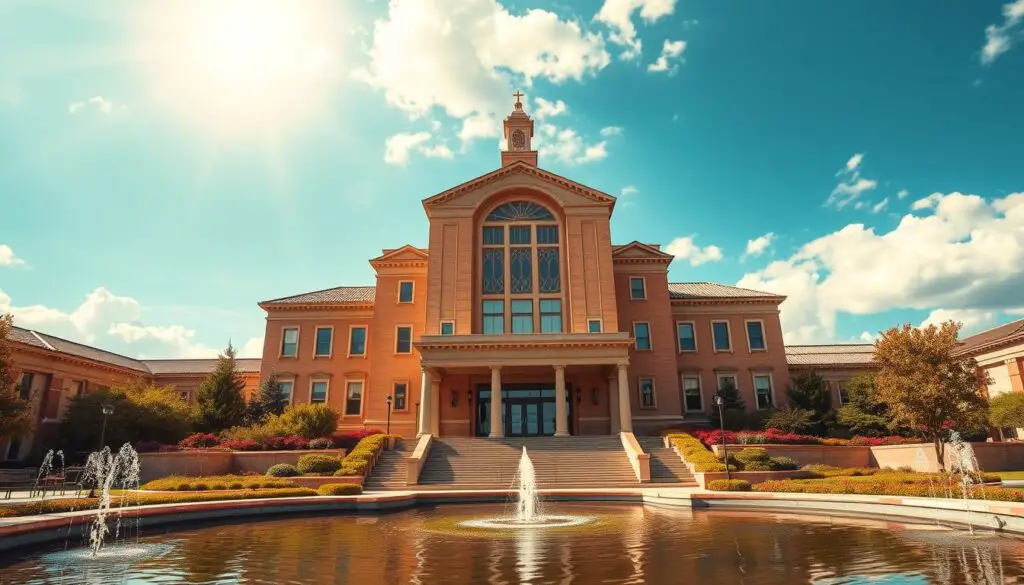
Strategies for Strengthening Local Connections
Early leaders like Ezra Taft Benson emphasized self-reliance as a cornerstone of community strength. His teachings inspired programs combining food storage education with neighborhood support networks. These efforts laid groundwork for modern initiatives like youth service projects and disaster response teams.
Education plays a vital role in sustaining engagement. The University of Utah, founded by early church members, remains a hub for leadership training. Courses on family history research and volunteer coordination equip members to serve effectively in their local areas.
| Historical Approach | Modern Adaptation | Key Impact |
|---|---|---|
| Benson’s welfare farms | Urban community gardens | Food security |
| Home-based scripture study | Digital discussion groups | Global participation |
| Local choir performances | Multicultural music festivals | Cultural unity |
The Quorum of the Twelve Apostles ensures continuity in these efforts. Drawing from traditions established by the original twelve apostles, they guide regional councils in addressing unique community needs. This structure allows global unity while respecting local customs.
Ezra Taft Benson’s legacy lives through partnerships between the University of Utah and church youth programs. By blending timeless principles with fresh methods, communities thrive as spaces where faith and fellowship grow together.
Conclusion
Guiding a global faith through centuries of change requires vision that bridges revelation and action. From Joseph Smith’s foundational revelations to Russell M. Nelson’s modern adaptations, the role of the church’s leader has evolved while maintaining its core mission. Spiritual insight, doctrinal clarity, and administrative skill remain pillars of this sacred responsibility.
Leaders like Brigham Young and Joseph Fielding Smith demonstrated how balancing heavenly direction with practical needs strengthens communities. Their legacies live through initiatives announced at general conference, where guidance is shared with millions worldwide. These gatherings remind latter-day saints of their shared purpose across generations.
Today, the church thrives by blending tradition with innovation. The member quorum structure ensures local needs align with global goals, while leaders are set apart to address contemporary challenges. Humanitarian projects and temple expansions reflect this dynamic approach.
As latter-day saints continue their journey, the commitment to faith and service endures. Through every era, this balance of divine calling and earthly stewardship shapes a living faith—one that honors its past while building a hopeful future.
FAQ
What are the main responsibilities of the leader of the Church of Jesus Christ of Latter-day Saints?
The prophet provides spiritual guidance, oversees global ministry, and shares teachings believed to come through revelation. He works with apostles to strengthen members and direct church operations worldwide.
How did the church handle leadership transitions after Joseph Smith’s death?
Following Joseph Smith’s martyrdom in 1844, Brigham Young led members westward. The Quorum of the Twelve Apostles ensured continuity, establishing seniority-based succession that continues today.
What role does continuing revelation play in doctrine?
Leaders emphasize that doctrine can be clarified or expanded through revelation to address modern needs. Examples include policy updates on temple work and missionary service.
How has Russell M. Nelson influenced the church’s global presence?
President Nelson’s medical expertise and focus on unity have driven initiatives like simplified worship services, increased temple construction, and outreach emphasizing the church’s official name.
What criteria determine who becomes the next church president?
The longest-serving apostle is traditionally ordained as prophet. This seniority system, established in the 19th century, prioritizes experience and unity among leaders.
How does the church support its international membership?
Efforts include translating scriptures into over 100 languages, building temples worldwide, and training local leaders. Youth programs and humanitarian aid also foster global connections.
Why is the Salt Lake Temple significant to church history?
Completed in 1893, it symbolizes early pioneers’ dedication. Recent renovations preserve its legacy while adapting to current needs, reflecting balance between tradition and progress.


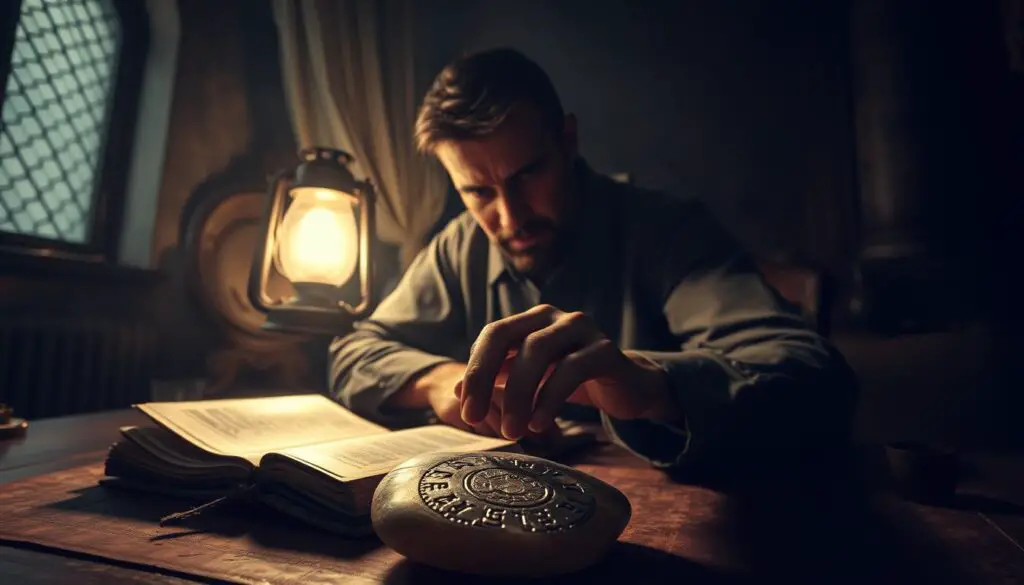





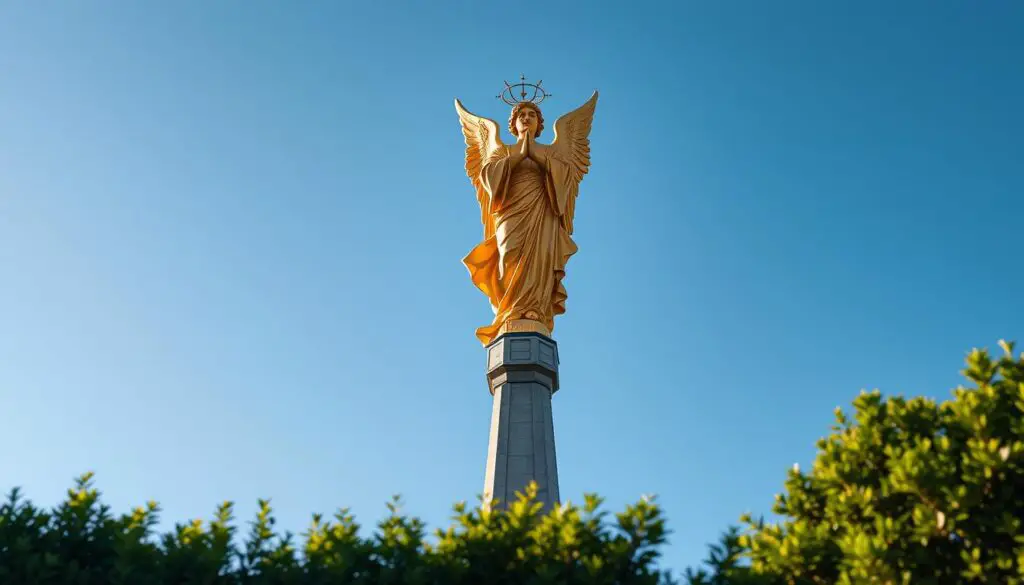
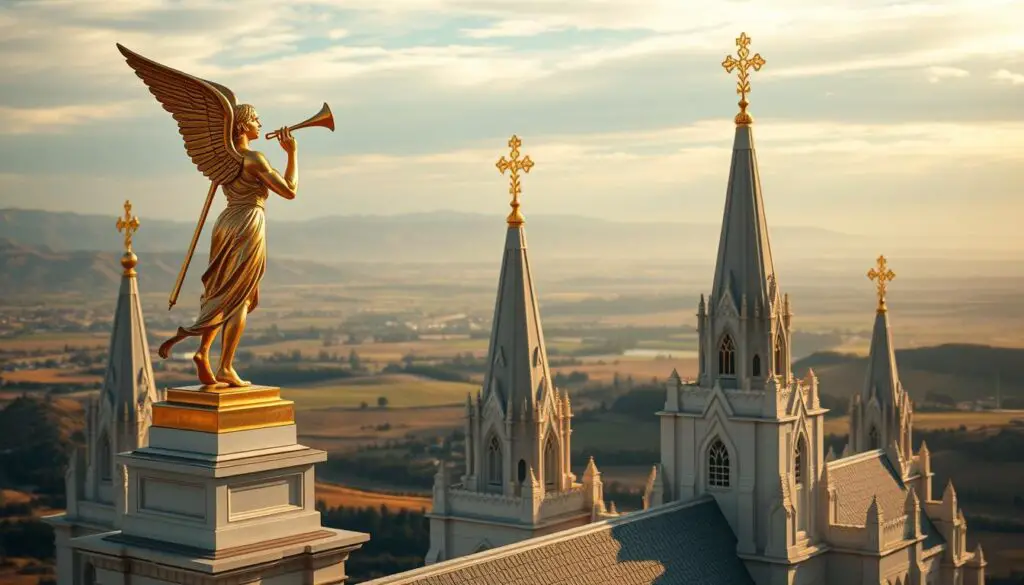
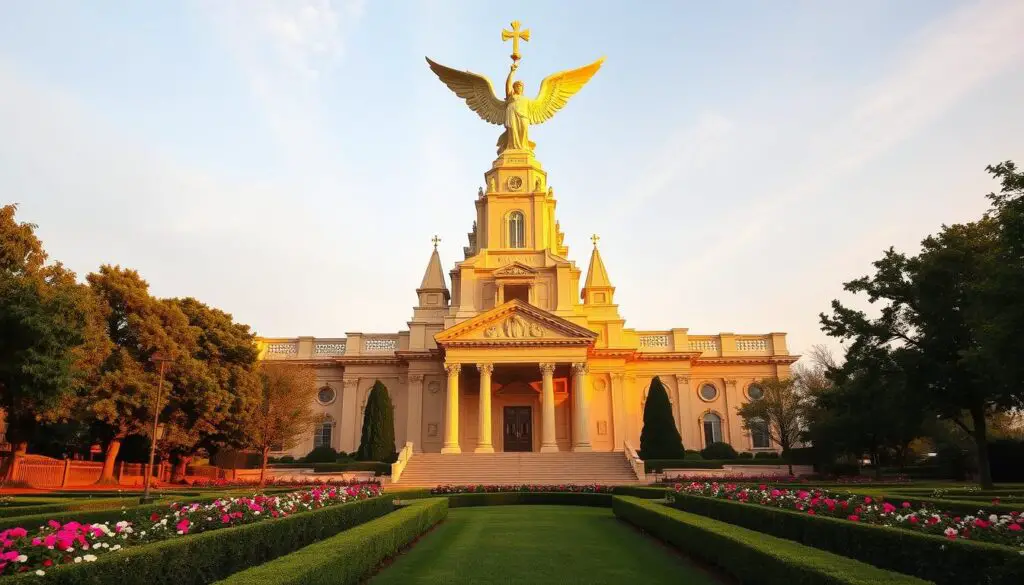


 .” Comments flooded with questions like, “Is this real?!” and “Brigham Young students are built different.”
.” Comments flooded with questions like, “Is this real?!” and “Brigham Young students are built different.”